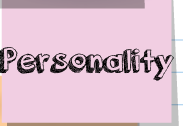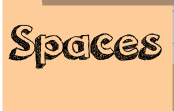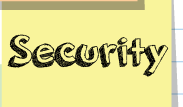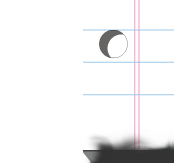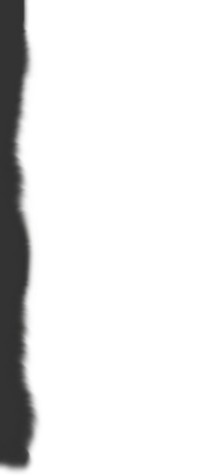In 1970, Japanese professor of engineering Masahiro Mori (1970) posited a concept he called the uncanny valley. Speaking about the field of robotics, Mori explained that people would be attracted to human-like figures, but only up to a point: “I have noticed that, in climbing toward the goal of making robots appear human, our affinity for them increases until we come to a valley . . . which I call the uncanny valley” (p. 2).
Mori (1970) explained that this uncanny valley creates a negative response for those who interact with robotics that appear too human. Instead, they instigate a kind of repulsion created by the near-human nature of the robotic device. Mori (1970) believed that robotics should not approach human resemblance too closely, but should instead keep a safe distance by moderating the human and the non-human: “I recommend that designers instead take the first peak as their goal, which results in a moderate degree of human likeness and a considerable sense of affinity. In fact, I predict it is possible to create a safe level of affinity by deliberately pursuing a nonhuman design” (p. 1).
Though Mori was speaking exclusively of robotics in 1970, the uncanny valley concept later became popular in a variety of related discussions, and Mori himself, in a recent interview posted in IEEE Spectrum, stated that “The uncanny valley relates to various disciplines, including philosophy, psychology, and design, and that is why I think it has generated so much interest" (as cited in Kageki, 2012, para. 1).
Applying this concept to facial expressions of virtual characters, Angela Tinwell et al. (2011) reported on a study suggesting that “the negative impact of the uncanny is related to how much of a threat a character is perceived to be and how much control we have over the potentially threatening or dangerous interaction” (p. 741). They add that “changing a character’s features to a more cartoon-like style eliminated the uncanny” (p. 742).
Keeping Mori’s (1970) advice in mind, along with Tinwell et al.’s (2011) work on eliminating threat, we designed Susie’s appearance with a slightly anime look. (See Katie’s discussion on design.) We also created a personality that would be perceived as non-threatening and approachable. The combination of near-human looks and safe and non-threatening personality has resulted in a very popular figure who has not only served to invite writers to chat with us about their writing, but also as a sort of unofficial mascot for our Writing Center.
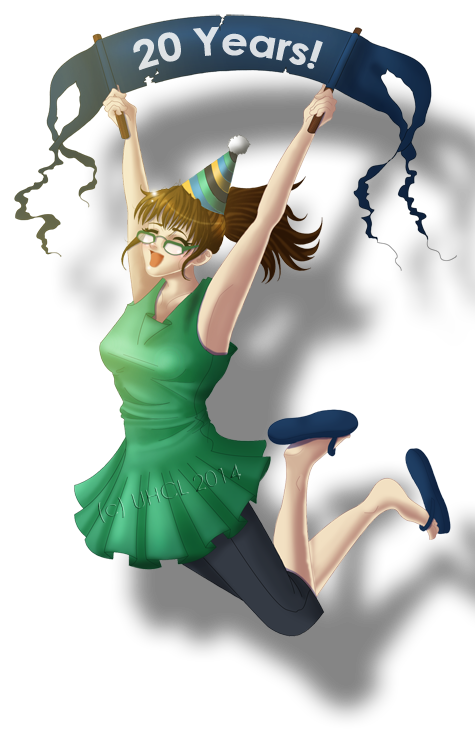 |
| Susie celebrating our 20th anniversary. |











